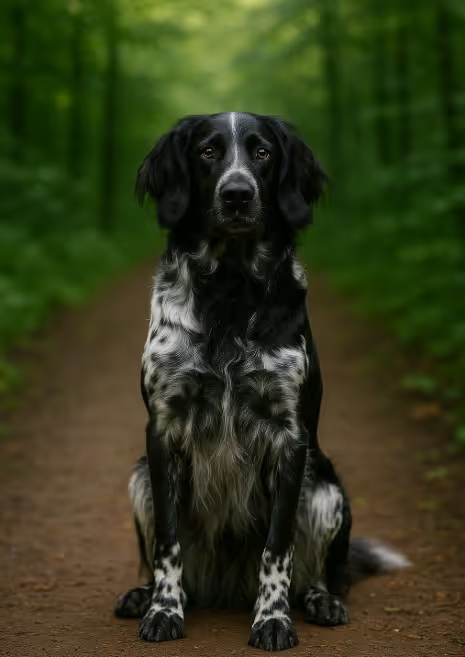The Large Munsterlander is a versatile German gun dog—athletic, intelligent, and people‑oriented. Best for outdoorsy families who enjoy training, long hikes, and real field work.

Developed in Germany from colorful long‑haired pointing dogs, the Large Munsterlander split from related lines in the early 20th century. Bred for versatile field work—pointing, retrieving, tracking—it’s now recognized internationally and valued for temperament and nose.
Balanced and true to type with hallmark features.
Feathering needs regular care, especially after field days.
High endurance and work drive—needs real mileage.
Responsive and thoughtful—reward‑based training excels.
Lean athlete management.
Choose breeders who screen for hips, elbows, and eyes.
Seek field‑savvy kennels or sporting‑dog rescues.
Apartment‑friendly?
With Caveats—needs daily mileage and training.
Do they shed?
Moderately; regular brushing helps.
How trainable?
High—responsive and eager.
Good with kids?
Generally affectionate and steady.
Field ability?
Versatile—point, track, retrieve.